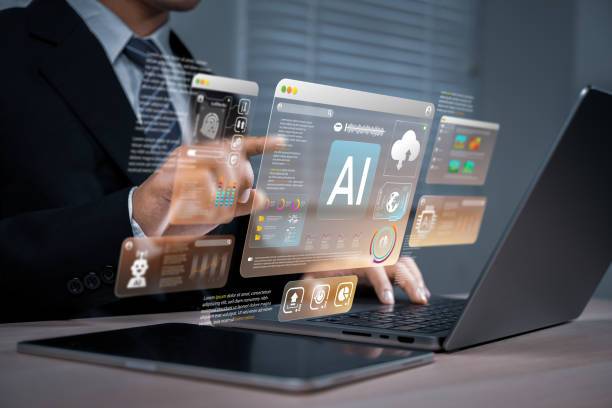What is AI and ML?
Artificial Intelligence (AI) refers to the simulation of human intelligence in machines, enabling them to perform tasks that typically require human cognition, such as understanding language, recognizing patterns, solving problems, and making decisions. AI systems are designed to learn from experience, adapt to new information, and execute tasks autonomously. Machine Learning (ML), on the other hand, is a subset of AI that focuses specifically on the ability of computers to learn from data. Rather than being explicitly programmed, ML algorithms analyze vast amounts of data to recognize patterns and make predictions. In short, while AI is the broader concept of intelligent machines, ML is a specific approach used to create AI by allowing systems to learn and improve from data without direct human intervention.
ML includes various methods, such as supervised learning, where the machine is trained on labeled data; unsupervised learning, where it identifies patterns in unlabeled data; and reinforcement learning, where the machine learns by receiving rewards or penalties based on its actions. These techniques have paved the way for the rapid adoption of AI across industries, making it one of the most transformative technological fields today.
Applications of AI and ML
AI and ML applications are diverse and impact virtually every sector of society. In customer service, AI-powered chatbots and virtual assistants handle inquiries, support users, and even recommend products. By learning from past interactions, these systems become better at anticipating customer needs, improving user satisfaction and reducing the burden on human agents. In healthcare, AI systems analyze medical data, images, and genetic information to assist with diagnostics, predict disease outcomes, and personalize treatment plans. Machine learning models are being used to predict patient outcomes, track disease outbreaks, and even aid in drug discovery, shortening the development cycle of new medications.
In finance, AI algorithms detect fraudulent transactions, assess credit risk, and manage investments. High-frequency trading, powered by ML, allows financial institutions to respond to market changes instantly, increasing profit margins while mitigating risk. In manufacturing, AI-driven robotics streamline production lines and manage quality control, while predictive maintenance algorithms analyze data to prevent equipment failures. AI and ML also have critical applications in the automotive industry, particularly in developing autonomous vehicles, where they process data from sensors and cameras to enable safe driving.
Future of AI and ML
The future of AI and ML holds tremendous potential for further innovation and growth. Advances in natural language processing (NLP) will enable AI to understand and generate human language more naturally, which could revolutionize industries like customer service, education, and entertainment. As AI becomes more sophisticated, it will likely handle more complex tasks, automating not only repetitive jobs but also roles requiring more nuanced decision-making. However, this progress comes with ethical challenges. AI algorithms, for instance, can inherit biases present in training data, leading to unfair or discriminatory outcomes. Addressing these biases requires diverse datasets and careful design, as well as transparency in how AI models make decisions.
Another key ethical concern is job displacement. While AI and ML are expected to create new jobs in fields like AI ethics, data science, and robotics, many traditional roles could be automated. The transition might be challenging for those in occupations at high risk of automation, necessitating workforce reskilling and robust policies to ensure equitable economic opportunities. The development of AI governance frameworks to address privacy, bias, and accountability issues will also be crucial as AI becomes increasingly embedded in society. Looking forward, AI’s potential to reshape everything from daily life to global industries is vast, but realizing its benefits will require careful balancing of technological innovation with ethical and social responsibility.


